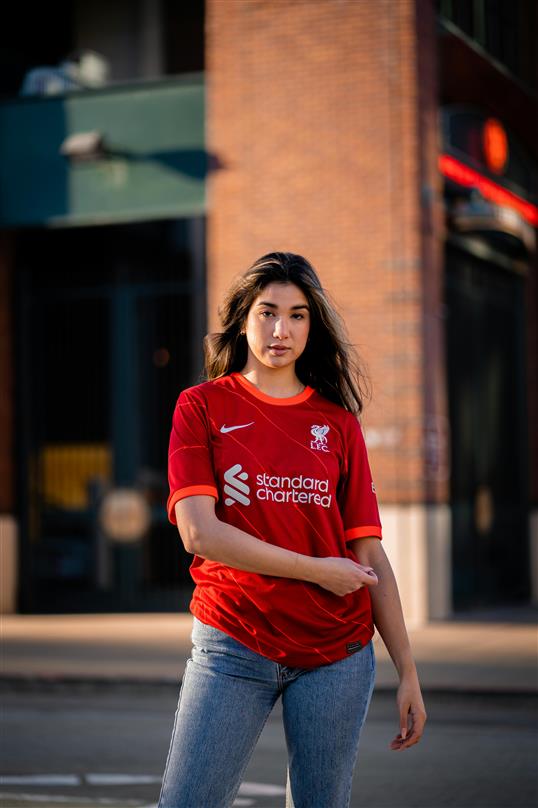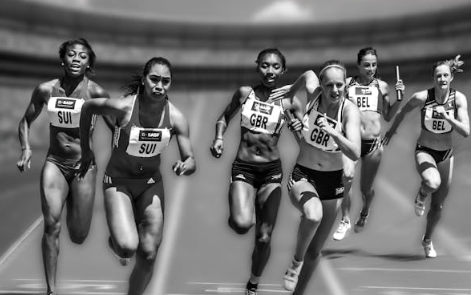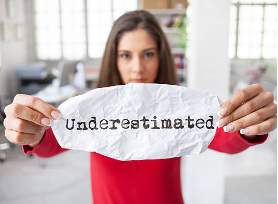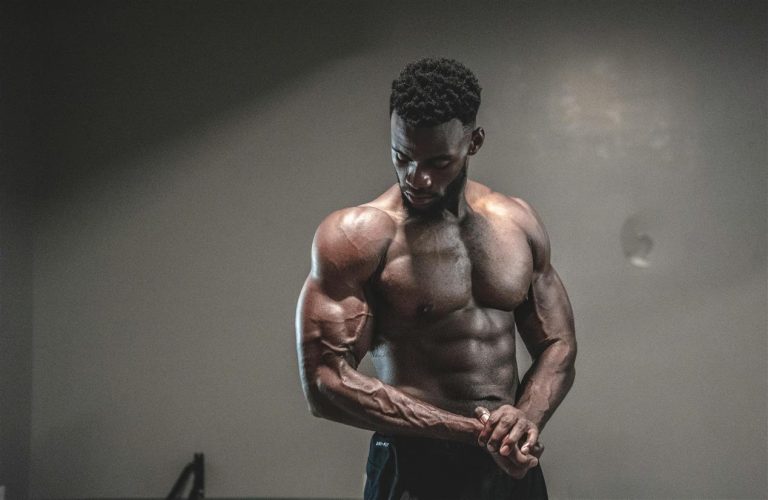
Serena Williams can sell out a stadium. Alex Morgan moves merchandise by the truckload. Simone Biles has more medals than most countries. And yet, when it comes to sponsorship dollars, female athletes still lag far behind their male counterparts.
The playing field may be more level than ever when it comes to talent and performance, but off the field—where the real money often flows—the gap remains stubbornly wide. Even as viewership of women’s sports continues to climb, the financial backing hasn’t caught up.
So, what’s holding back the business of women’s sports? Why, in 2025, are top-tier female athletes still fighting for a fraction of the deals routinely handed to men?

Numbers Don’t Lie—But They Don’t Tell the Whole Story
It’s tempting to boil this issue down to audience size. For years, brands have used viewership stats to justify bigger investments in men’s sports. But the numbers are changing. The 2023 Women’s World Cup broke global attendance and broadcast records. The WNBA’s 2024 season tipped off with higher ratings than several NBA regular season games. Women’s tennis finals often match or exceed men’s in viewership at major events.
Despite this, women’s sports still receive only a small share of global sponsorship spending. A 2024 report by Nielsen Sports showed that women’s sports receive less than 15% of total sponsorship investment, even though they generate growing and highly engaged audiences.
So, if it’s not just about numbers—what is it?
Perception vs. Reality
Part of the problem is deeply rooted perception. For decades, women’s sports were treated as side attractions—less intense, less competitive, less marketable. These attitudes haven’t fully vanished. Many brands still view female athletes as a “niche” investment or a bonus add-on to a broader male-focused campaign.
This underestimation has led to a cycle: less investment leads to fewer resources, which limits exposure, which then reinforces the idea that women’s sports don’t “move the needle.”
But brands that have taken the leap are finding the opposite to be true.
When Visa backed the U.S. Women’s National Soccer Team independently of the men’s team, the campaign not only boosted visibility—it delivered clear ROI. When Nike leaned into storytelling around motherhood and sport, their campaigns with athletes like Allyson Felix sparked widespread engagement. These weren’t side projects—they were cultural moments.
The Media’s Role
Sponsorship follows attention. And media coverage still heavily favors men. Studies show that women’s sports receive only about 5–10% of traditional sports media coverage, despite increasing demand.
Without airtime, headlines, or major features, female athletes miss out on the visibility that drives deals. It’s hard to sell a story no one sees.
However, this too is starting to shift—thanks, in part, to social media.
Platforms like Instagram, TikTok, and YouTube have become powerful tools for female athletes to build their own brands. They’re no longer waiting for mainstream media to catch up. They’re telling their stories directly, growing personal fanbases, and showing the kind of reach and influence that brands crave.
Still, self-promotion isn’t a solution. It’s a stopgap. The burden of fixing systemic inequality shouldn’t fall solely on the athletes themselves.
The Gendered Lens of Sponsorship
Here’s another uncomfortable truth: male athletes are often marketed for what they do. Female athletes are often marketed for how they look—or how they fit into a lifestyle brand.
This difference affects the types of endorsements they’re offered. While male athletes land deals for watches, cars, and tech, women are more likely to be tapped for beauty, wellness, or fashion partnerships. The deals exist—but they’re shaped by gender expectations that don’t always align with athletic achievement.
That’s beginning to change, as more women land deals with major athletic and non-gendered brands. But the process has been slow, and unequal.
Pay Isn’t Just About Salary—It’s About the Ecosystem
Even in sports where prize money has been equalized—like tennis—the sponsorship gap persists. Why? Because brand partnerships often account for the majority of an athlete’s income.
Take tennis as an example. The prize money at Grand Slams is equal for men and women. But off the court, the top male players still earn far more from endorsements than their female counterparts.
In team sports, the contrast is even starker. A bench player in the NBA may earn more in sponsorship deals than an MVP in the WNBA. Not because of talent—but because of platform and perception.
The reality is, sponsorship isn’t just about celebrating athletic excellence. It’s about access, media coverage, audience development, and who companies see as “worth the risk.”
The Cost of Being Undervalued
The gap isn’t just unfair—it’s costly. For athletes, it means fewer resources to train, recover, and grow their careers. For leagues, it means less exposure and slower growth. For fans, it means fewer chances to see their favorite athletes thrive.
And for brands? It’s a missed opportunity. Research shows that fans of women’s sports are among the most loyal and values-driven consumers in all of sports. They notice who supports their athletes—and who doesn’t.
Investing in female athletes isn’t charity. It’s good business. And the brands that understand this early are already seeing the upside.

Moving Forward
Closing the sponsorship gap isn’t about handouts or waiting for some perfect future moment. It’s about acknowledging the value that’s already there—and choosing to support it.
That means:
- Media companies giving more airtime to women’s sports—not just during major events.
- Brands moving beyond stereotypes and investing in athletes as whole people, not just marketing assets.
- Leagues building better pipelines for visibility, partnerships, and storytelling.
- Fans continuing to show up, speak out, and demand more from the systems around the athletes they love.
There’s still work to do. But the momentum is building. And as more people tune in, more brands take notice, and more athletes raise their voices, the idea that female athletes are “less marketable” starts to sound like what it really is: outdated.
The gap didn’t appear overnight, and it won’t close that way either. But it can close. Not with slogans. With action.






